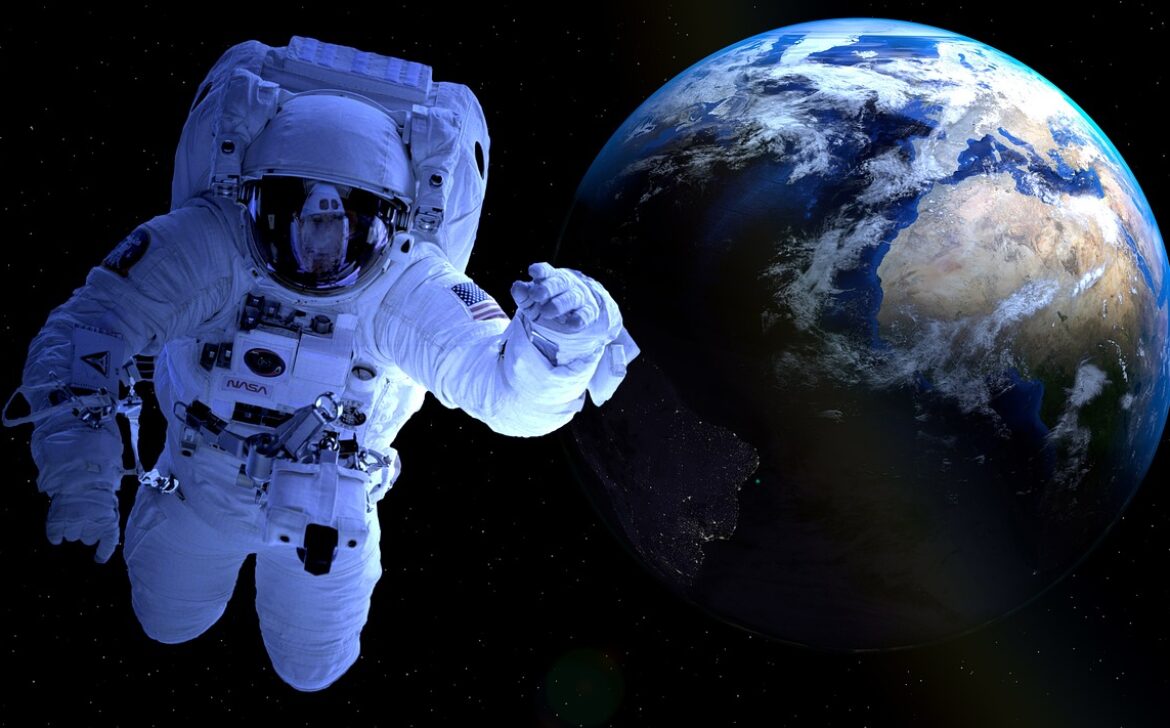Space Technology’s Odyssey Beyond Earth’s Bounds

The realm of space has long captivated humanity’s imagination, and thanks to advancements in space technology, that dream is no longer confined to science fiction. From exploring distant planets to enabling global communication, space technology has propelled us beyond Earth’s boundaries and into a universe of possibilities. In this blog post, we’ll journey through the evolution of space technology, its current applications, and the future frontiers it aims to conquer.
Space Technology: Pioneering the Cosmic Frontier
Space technology refers to the tools, equipment, and systems developed to explore, navigate, and utilize outer space. It encompasses a broad spectrum of innovations, from spacecraft and satellites to space telescopes and interplanetary rovers. The advent of space technology has not only revolutionized our understanding of the universe but also transformed industries back here on Earth.
Satellite Systems: Connecting the Globe
Satellites are perhaps the most familiar application of space technology. They circle the Earth, enabling communication, navigation, weather forecasting, and even remote sensing for environmental monitoring. Global Positioning System (GPS) satellites, for instance, have revolutionized navigation, guiding us from point A to point B with unprecedented accuracy.
Space Exploration: Unveiling Celestial Mysteries
Humanity’s insatiable curiosity has driven us to explore other celestial bodies. Spacecraft like the Mars rovers and the Voyager probes have ventured into the unknown, sending back invaluable data about distant planets and moons. These missions have expanded our understanding of the solar system’s origins, the potential for extraterrestrial life, and the harsh environments of other planets.
International Space Station (ISS): A Beacon of Collaboration
The ISS stands as a testament to international collaboration in space technology. This orbiting laboratory serves as a hub for scientific research, testing technology in microgravity, and fostering cooperation among countries. The knowledge gained from the ISS has applications ranging from medicine and materials science to sustainable living on long-duration space missions.
Space Telescopes: Peering into Cosmic History
Space telescopes like the Hubble Space Telescope have revolutionized astronomy by providing a clear view of the universe free from Earth’s atmosphere. These telescopes have captured breathtaking images of distant galaxies, star-forming regions, and even the remnants of the Big Bang. They’ve rewritten our understanding of cosmic history and the evolution of the universe.
Challenges and Innovations in Space Technology
Space technology doesn’t come without challenges. The extreme conditions of space, including vacuum, radiation, and temperature variations, necessitate robust and resilient equipment. Innovations such as lightweight materials, advanced propulsion systems, and AI-driven spacecraft autonomy are addressing these challenges, paving the way for more ambitious missions.
Commercial Space Industry: A New Space Age
The past decade has witnessed the rise of the commercial space industry. Companies like SpaceX, Blue Origin, and Virgin Galactic are pushing the boundaries of space travel and exploration. Reusable rocket technology and private investment have brought down costs, making access to space more feasible for various sectors, including satellite deployment, research, and even tourism.
The Future of Space Technology: Exploring New Horizons
The future of space technology is teeming with excitement and possibilities:
- Mars Colonization: Ambitious plans are underway to establish a human presence on Mars, sparking visions of interplanetary colonization and terraforming.
- Lunar Exploration: The Moon is back in the spotlight, with plans for sustained lunar presence serving as a stepping stone for deeper space exploration.
- Asteroid Mining: Space resources, such as rare metals and water, could be harvested from asteroids to support future space missions and even Earth’s industries.
- Interstellar Travel: Though still in the realm of science fiction, advancements in propulsion technology are inching us closer to the dream of traveling to other star systems.

